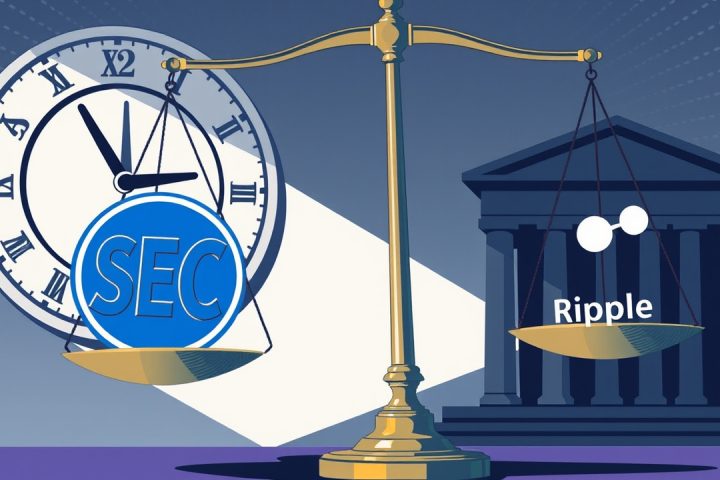The Impact of Stablecoins on Financial Crime
The landscape of the stablecoin sector is deeply affected by an ongoing debate surrounding its potential misuse for criminal activities. Critics emphasize the risk of funding illicit operations through stablecoin transactions. In contrast, advocates point out that the clear and open nature of blockchain technology can serve as a powerful tool for identifying illegal activities. Many remain unaware of how the comprehensive adoption of stablecoins in the global financial system could harness the blockchain’s features, such as transparency and immutability, in combating financial crimes, even within conventional finance frameworks.
Market Trends and Historical Context
The stablecoin market is witnessing a significant upward trend due to clearer regulatory frameworks and practical applications. Their ability to facilitate quicker and cheaper transactions compared to traditional banking systems has fueled rapid global adoption, with the total market value exceeding $200 billion. A variety of technology companies, established retail brands, and traditional financial institutions are gearing up to launch their own stablecoins. This financial evolution echoes back to pre-Civil War America when numerous local banks issued their own currencies, each restricted to their vicinity, which inadvertently helped maintain accountability in monetary transactions.
Interoperability and Regulatory Challenges
As the financial landscape evolves, the current ecosystem promotes seamless interoperability among various stablecoins, allowing users to transition between different digital assets or convert them into fiat currency with ease. This expected scenario of unrestricted capital movement across borders likely necessitates stricter regulatory frameworks aimed at combating illicit activities. While regulations for stablecoins require compliance with stringent Anti-Money Laundering (AML) practices, the role of stablecoins in enhancing law enforcement’s capabilities to tackle financial crime is not widely recognized within the crypto community.
Contrasting Traditional Finance
In contrast, the traditional finance sector is hindered in its fight against financial crime due to its fragmented nature. Each banking institution operates as an insular unit, controlled by a central authority, making it difficult for compliance personnel to access comprehensive data about customer transactions that occur outside their respective organizations. The incomplete perspective presented in Suspicious Activity Reports may lead to inaccurately assessed risks and create significant hurdles for law enforcement agencies trying to compile a full financial profile of suspects.
The Potential of Stablecoins
Conversely, a world leveraging stablecoins for international transactions would allow authorities to analyze unusual patterns through a unified and transparent data set gleaned from blockchain records, bypassing bureaucratic obstacles. Moreover, a thriving stablecoin ecosystem may facilitate consistent movements of capital between traditional finance and blockchain environments. This means proceeds from various illegal activities, including drug trafficking and ransomware scams, might be laundered through both banking systems and crypto assets. By utilizing real-time data from blockchains for AML efforts, law enforcement could receive rapid insights into criminal networks that utilize banks as a means to legitimize their illicit earnings.
Collaboration and Future Insights
The rise of a robust stablecoin framework could significantly highlight to the global compliance sector the benefits of blockchain transparency in effectively preventing and identifying financial crime. This progress has the potential to foster valuable collaboration among law enforcement agencies in traditional finance and the crypto sector, leading to the exchange of critical intelligence.
Despite the current landscape, traditional financial firms have yet to fully embrace the insight that data trails on blockchains can offer regarding user motivations. The alliance of a burgeoning stablecoin industry with the global banking infrastructure could enable the financial system to operate more safely and efficiently.
This analysis serves as a general overview and should not be interpreted as legal or investment guidance. The opinions expressed here are solely those of the author and do not necessarily represent the views of Cointelegraph.




